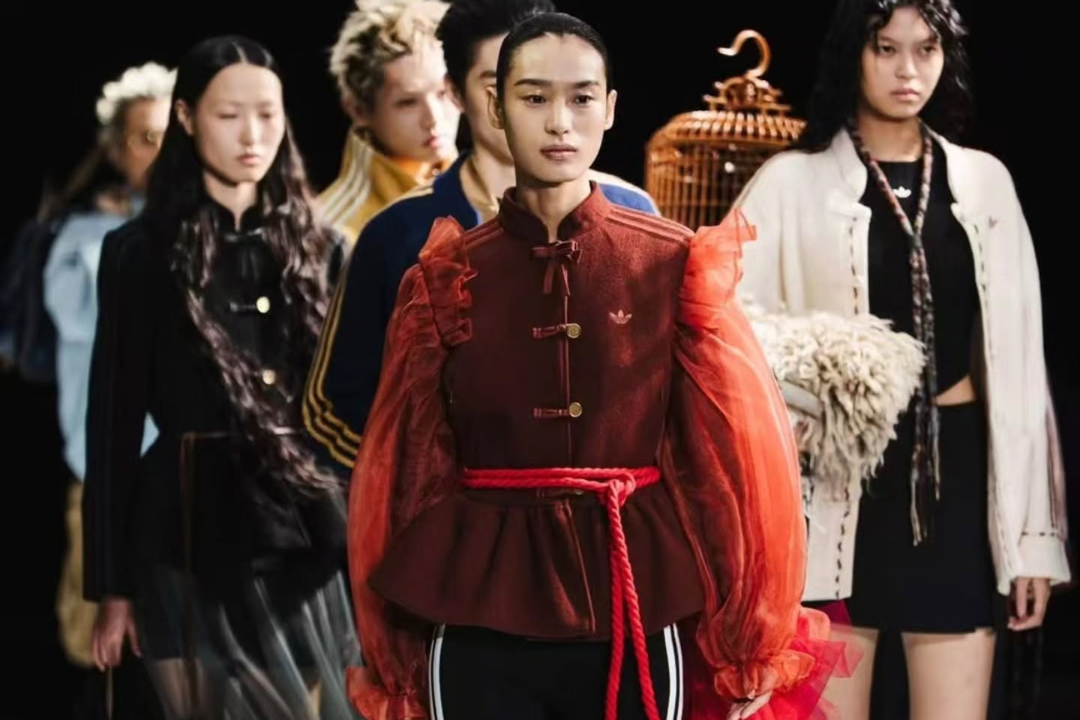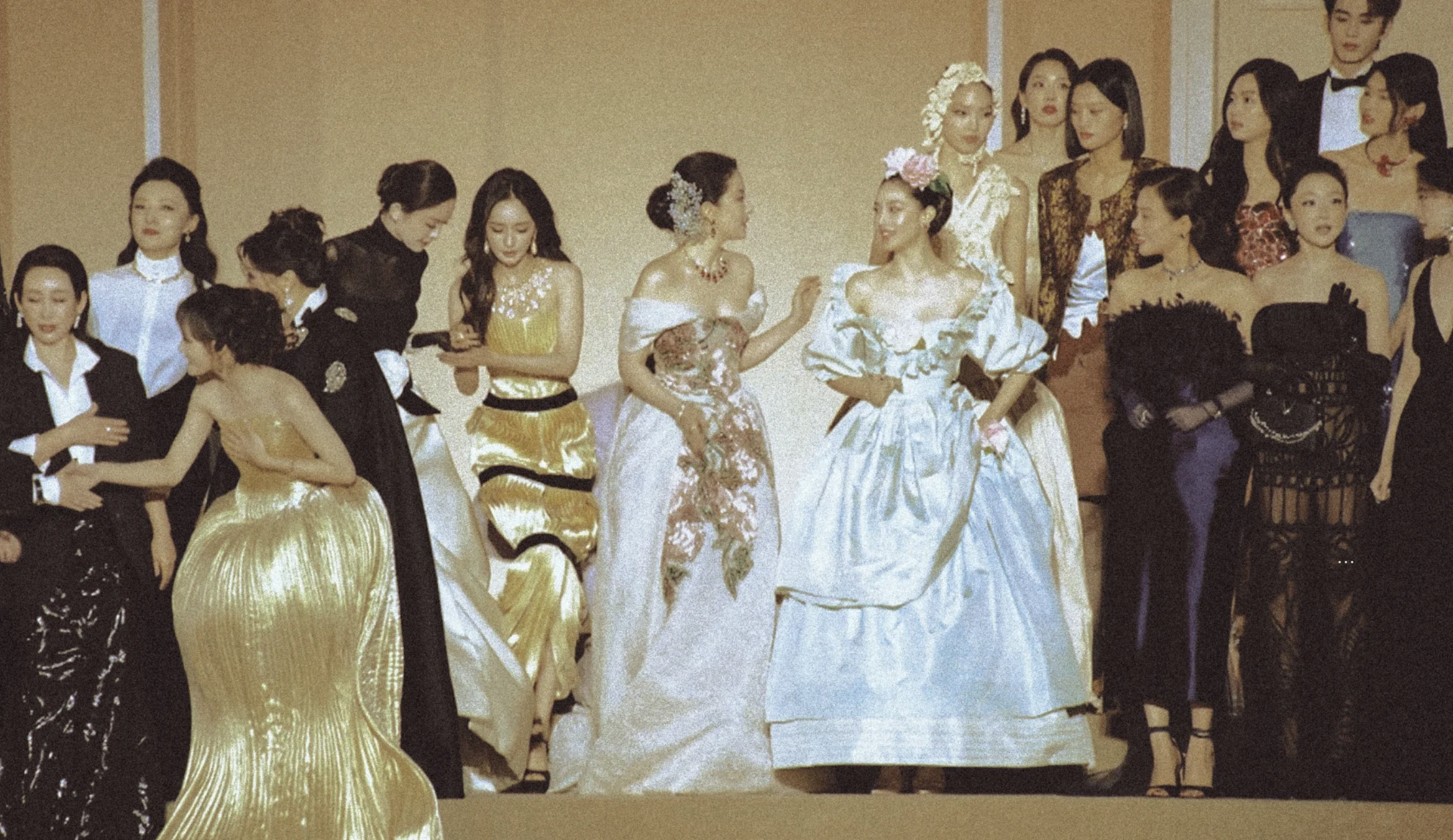You’ll never find Ruoyi Jiang complaining about her job.
The Beijing-born entrepreneur first set up her boutique, Chop Suey Club, in New York City’s Chinatown to fill a void in curated Asian design. “I tell people we sell things you don’t need, but have to have,” she says with a grin. Her instincts proved correct, as Chop Suey Club now boasts a loyal social media following and counts notable creatives like Frank Ocean and Michael Xufu Huang among its customers.
When asked why she founded her store, Jiang recalls an instance when a former boss once asked her if China has potatoes or tomatoes. “He had never had it at a Chinese restaurant before,” says Jiang. “It hit me then that for many people, ‘representation’ means ‘existence.’ For ‘Chinese design’ to exist for people, there has to be something that represents it visually.”

On a bright March morning at her Chinatown storefront, Jiang shared the stories with us behind five of her favorite China-related design products.
Saturn Ring Glasses by MIEU

MIEU is a really new eyewear brand from Shanghai that I picked up on from Instagram. It was a little scary for me to pick a brand that has never been sold before, but sales and people’s responses have assured me my hunch was correct.
From the product quality to the packaging, MIEU really kills it. One of the founders, Honggang Lu, graduated from Royal College of Arts in London. His thesis was a collection of avant-garde eyewear pieces inspired by the planetary movements, which later became the Saturn Ring collection we currently carry.
Some people think the circles around the frames are too much, but they’re always surprised by how good they actually look on.
Chinese fashion used to be mostly imitations of foreign design labels, but these days there are more original designs that are so out-of-the-box. Probably because production is relatively fast and cheap in China, designers in China have more room to experiment.
Nose Brooch by YVMIN

YVMIN (尤目) is probably one of my favorite brands right now. They’re a Beijing-based jewelry and clothing design studio. Very young and innovative.
This is probably the worst selling jewelry in our store, but it’s the piece that made me fall in love with YVMIN. It’s a 3-D printed black nose with adjustable length golden “snot” coming out of the nostrils.

I had never seen something like this before — so funny and sophisticated at the same time. Just hands-down bold. I generally see jewelry as mini-wearable sculptures, and [the designer] Xiaoyu is an absolute artist in this regard.
I think the reason “Made in China” still has a negative connotation is because the economy pushes everyone to focus on maximizing profit instead of honing their craft. However, in recent years, many Chinese kids are joining the craftsmanship (匠人 Jiangren) movement. They want to hone their craft and respect their work, like the Japanese do, for example.
Once China achieves this kind of widespread mentality, it’s only a matter of time before world domination.
Related:
 Traditional Chinese Crafts Find Modern Meaning in ShenzhenArticle Oct 29, 2018
Traditional Chinese Crafts Find Modern Meaning in ShenzhenArticle Oct 29, 2018
Kong Drum by Wang Xing & Yu Cen

This Kong drum is one of my top three favorites in the store. The first time I tried it I was blown away. This silver metallic steel drum was made by two Beijing-based sculptors, Wang Xing and Yu Cen. The one we currently sell is tuned in the pentatonic [five-note] musical scale, typically heard in traditional Chinese music. It was designed to level out musicianship, meaning that you don’t need to know how to play to play it — it will never sound bad.
Kong (“空”) means “emptiness” in Chinese. It refers to the design — hollow inside — but also to its purifying sound quality.

At the beginning I tried to avoid stocking designs that used Chinese motifs heavily. I preferred items that had an underpinning design philosophy rooted in Chinese culture, like this one. These days we are revisiting that, though, since traditional Chinese elements are beautiful and bear so much design potential.
Related:
 9 Chinese Fashion Labels to Watch in 2019These nine represent some of the best and brightest design talent China has to offerArticle Jan 01, 2019
9 Chinese Fashion Labels to Watch in 2019These nine represent some of the best and brightest design talent China has to offerArticle Jan 01, 2019
Kong Drum also incorporates some Buddhist philosophy, originating from a passage in the Prajnaparamita Sutra: “Form is no other than emptiness, emptiness is no other than form.” The passage suggests that many of our troubles stem from superficiality, so clearing our minds from material distraction is a step towards clarity.
Plastic Tree

In our store we have a “$$$ Dollar Store” section that sells things I scavenged in Chinatown dollar stores.
They are all cheap mass-produced items from China — the stereotypical “Made in China” stuff. I would regroup or repackage them to create different displays in our store, and I sell them for three to five times higher. We never avoid telling people where they came from, but people still want to buy from us because we showed them how to look at these things differently.
I found this purple plastic tree in my favorite dollar store in Chinatown. It’s originally intended for fish tanks I think.

I can’t tell you how many I’ve sold so far. Everyone who purchased it has loved it. I think it really proves that value is a negotiable perception, or a matter of seeing.
“Until Death Do Us Part” by Thomas Sauvin

This unique little “cigarette book” is made by French photo collector Thomas Sauvin. It’s packaged in the original Double Happiness (双喜) cigarette box.
Years ago, Thomas happened upon a chemical recycling plant on the outskirts of Beijing. The plant collected abandoned film and photos in order to chemically extract the silver particles, via gelatin silver emulsion. Thomas started buying them by kilos every week, scanning them and archiving them. He called the project Beijing Silvermine (北京银矿), and now has over half a million photos archived.
From this archive he noticed a lot of interesting themes and otherwise just awesome imagery. I for one didn’t really realize that smoking at Chinese weddings was a thing until I saw this book.

Looking back, every time I went to a wedding (particularly from the ’90s through the ’00s) the newlyweds would be taking baijiu shots and lighting up cigarettes for the guests. Without this book I would’ve never remembered this.
All photos by Eric Hu.
















